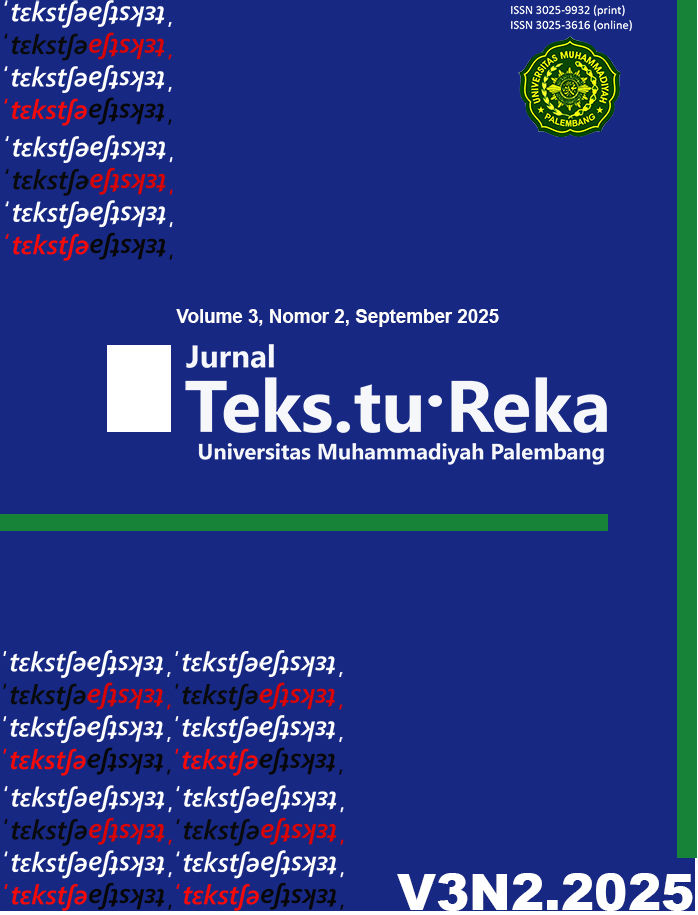Identification of Chinese Architectural Concepts in Thay Hin Bio Monastery in Teluk Betung Selatan Bandar Lampung City
DOI:
https://doi.org/10.32502/tekstureka.v3i2.764Keywords:
chinese architecture, chinese culture, architectural elements, thay hin bio, viharaAbstract
Thay Hin Bio Monastery is one of the oldest religious buildings in Bandar Lampung that still maintains the characteristics of traditional Chinese architecture. This research was conducted with the aim of identifying and analyzing the elements of Chinese architecture applied to the monastery building. The research method used is descriptive qualitative, data collection techniques through direct observation, visual documentation, and interviews with monastery administrators. The results of the research will show that this monastery has various typical elements of Chinese architecture such as stacked gable roofs, dragon and lion symbols, the use of typical colors namely red and gold, and the placement of spaces that pay attention to fengshui principles to attract positive energy. However, there have not been many studies that explicitly discuss how the architectural value is in the thay hin bio monastery, so the results of this study are expected to contribute to the preservation of traditional architecture and enrich cross-cultural architectural studies in Indonesia, by providing documentation of the elements contained in the building, revealing the philosophy or symbolic meaning of the monastery ornaments, and can be a reference for zoning regulations in the old city revitalization project plan, thus providing cultural heritage protection.
Downloads
Published
Issue
Section
License
Copyright (c) 2025 Fatma Azzahra, Diana Lisa

This work is licensed under a Creative Commons Attribution-ShareAlike 4.0 International License.
Jurnal Arsitektur TekstuReka (JAT) have CC-BY-SA or an equivalent license as the optimal license for the publication, distribution, use, and reuse of scholarly work.
Authors who publish Jurnal Arsitektur TekstuReka (JAT) agree to the following terms: Authors retain copyright and grant the Jurnal Arsitektur TekstuReka (JAT) right of first publication with the work simultaneously licensed under a Creative Commons Attribution License (CC BY-SA 4.0) that allows others to share (copy and redistribute the material in any medium or format) and adapt (remix, transform, and build upon the material) the work for any purpose, even commercially, with an acknowledgement of the work's authorship and initial publication in Jurnal Arsitektur TekstuReka (JAT). Authors are able to enter into separate, additional contractual arrangements for the non-exclusive distribution of the journal's published version of the work (e.g., post it to an institutional repository or publish it in a book), with an acknowledgement of its initial publication in Jurnal Arsitektur TekstuReka (JAT). Authors are permitted and encouraged to post their work online (e.g., in institutional repositories or on their website) prior to and during the submission process, as it can lead to productive exchanges as well as earlier and greater citation of published work (see The Effect of Open Access).
![]()
Work is distributed below This work is licensed under a Creative Commons Attribution-ShareAlike 4.0 International License.













